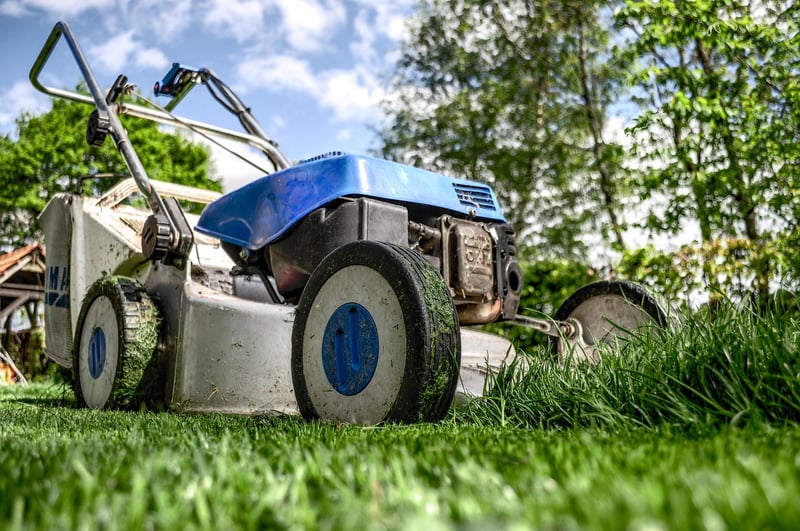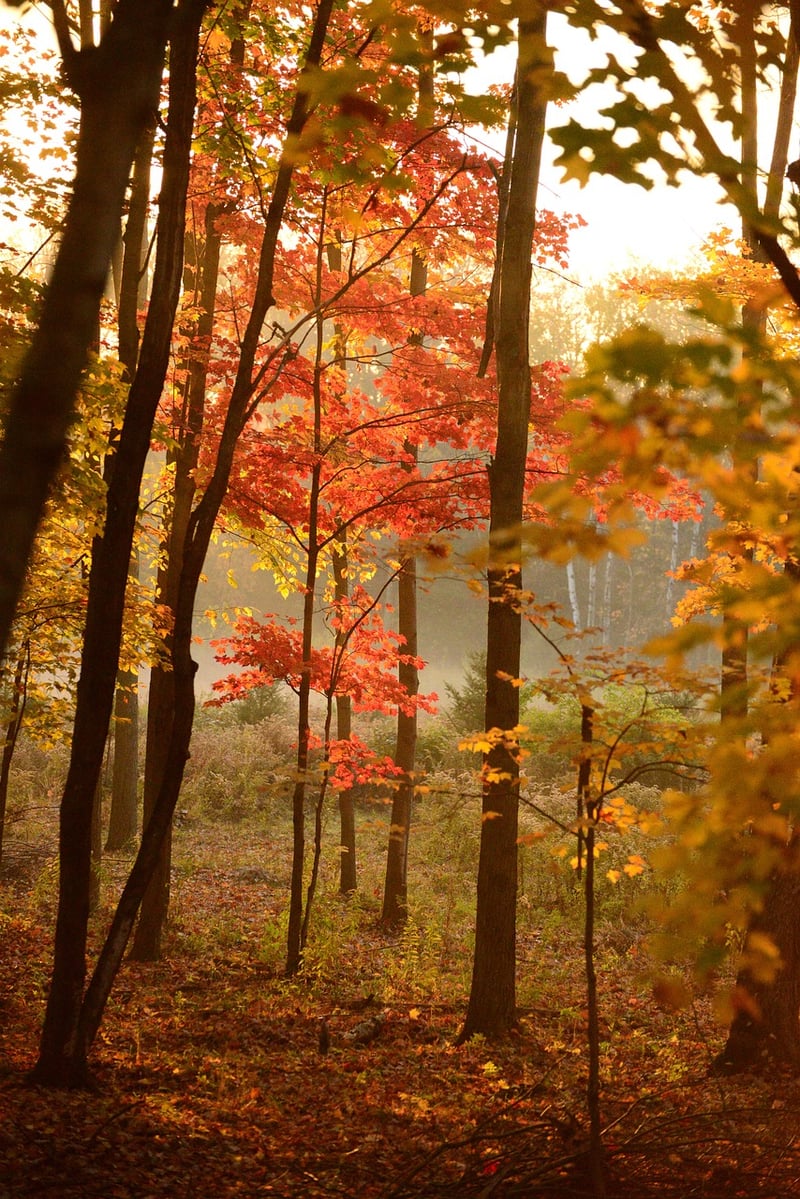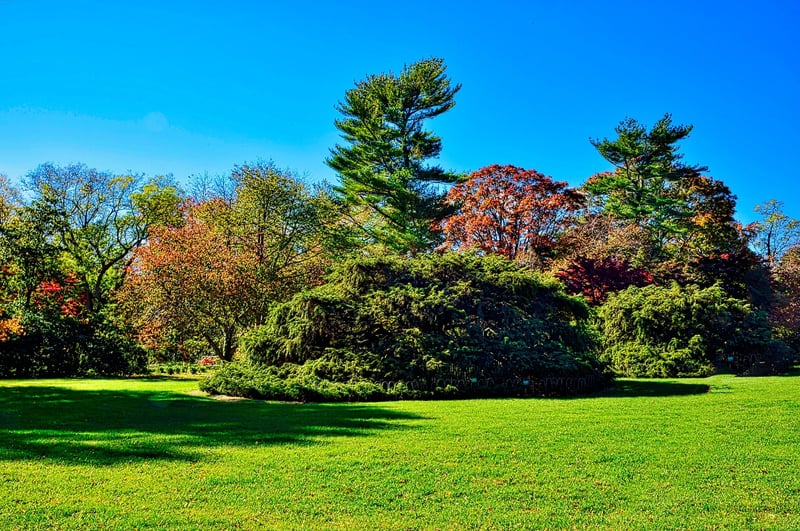Fall Planting Guide
Adapting to Weather Changes: Fall Planting Guide

As the seasons transition and temperatures begin to cool, it's time to prepare your garden for the fall. Fall is a wonderful time for planting, as the cool weather and ample rainfall create optimal conditions for plant growth. Whether you're a seasoned gardener or a beginner, this fall planting guide will help you adapt to weather changes and make the most of the autumn season in your garden.
Benefits of Fall Planting
- Plants establish strong root systems before winter
- Less watering required due to cooler temperatures
- Reduced risk of heat stress for new plantings
- Early establishment leads to healthier plants in spring
What to Plant in Fall
Some ideal plants to consider for fall planting include:
- Tulips and daffodils for spring blooms
- Vegetables like lettuce, kale, and carrots
- Perennials such as asters and mums
- Shrubs and trees for long-term growth
Tips for Fall Planting Success
- Choose plants that are suitable for fall planting in your hardiness zone.
- Prepare the soil by adding compost to improve its quality.
- Water newly planted items thoroughly to help them establish roots.
- Apply a layer of mulch to protect plants from temperature fluctuations.
- Monitor weather forecasts and adjust watering schedules accordingly.
By following these tips and guidelines, you can ensure a successful fall planting season and enjoy a beautiful and thriving garden throughout the autumn and into the next spring.
Remember, adapting to weather changes is essential for a flourishing garden, so embrace the fall season and make the most of the opportunities it presents for planting and growth.

